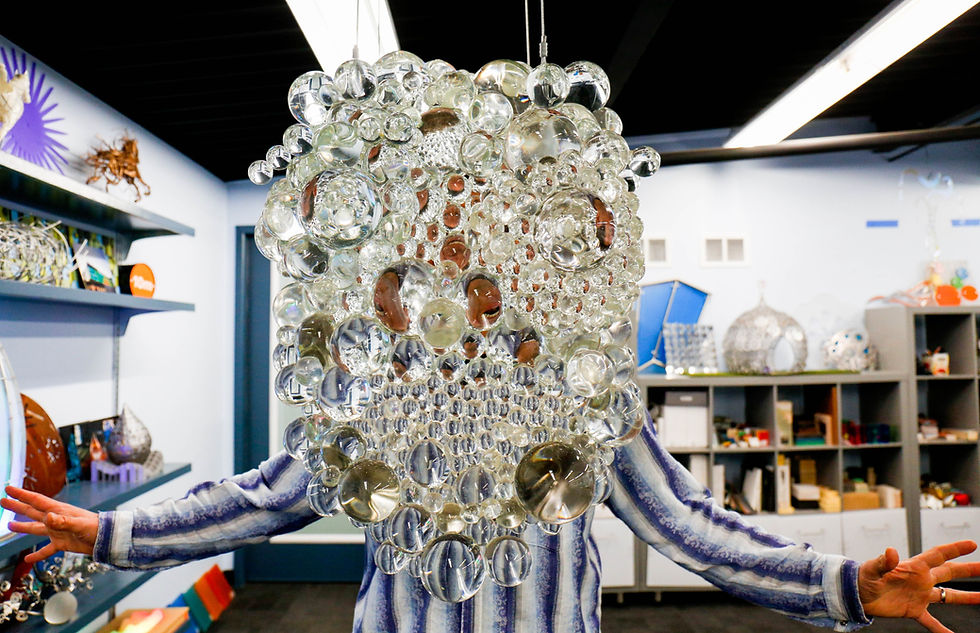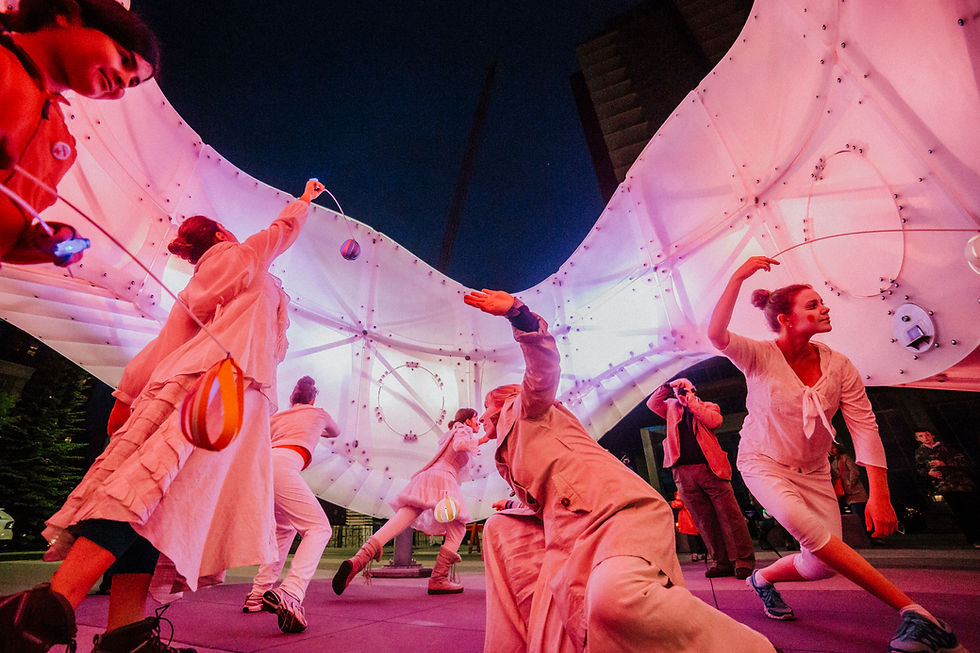Art For the Cerebellum
- Creative Machines

- Jul 6, 2021
- 2 min read
Updated: Dec 31, 2021
"That has been my experience as a human; once the kinesthetic and pattern-recognizing portion of my brain is engaged, the cerebral part follows. "
Leonardo da Vinci was the first to name the cerebellum – the curious portion of the brain that accounts for 10 percent of its mass but holds 50 percent of its neurons. The cerebellum is responsible for motor control, coordination, language, pain, reward and the integration of all these. It is essentially a real-time parallel processor. Many of humankind’s most distinct behaviors like playing music, team sports, fine tool use, hunting in a group, and complex pattern recognition occur in the cerebellum. A crude analogy could be made between the cerebellum and the GPU of a computer; it is the organ that performs massively parallel calculations quickly.
A lot of art is directed towards the cerebrum and the visual cortex. As the internet grabs more and more of people’s cerebral space, I believe it is worth directing some attention towards physically-embodied, multi-sensory experiences that encourage interactive collaboration with others.

That was the thinking that led me to create Chasing the Stars. This is a huge artwork – perhaps the world’s largest human-powered kinetic sculpture. It is intended to be slightly intimidating, but something that rewards effort. The moving parts total about 14,000 pounds – too much for even a strong person to push around – but by carefully timing smaller inputs, even children can get the sculpture moving. The sculpture certainly pulls back, easily lifting people a few inches off the ground from time to time, but it teaches people how to interact with it. A successful interaction results in a feeling of oneness with something much bigger than oneself, the production of beautiful colored shadows in the daytime and swirling star patterns at night. Eventually, Chasing the Stars appeals to our cerebrum, but it does so by first engaging the cerebellum.
Glimpse into the making of Chasing the Stars below.
By Joseph O'Connell




Comments